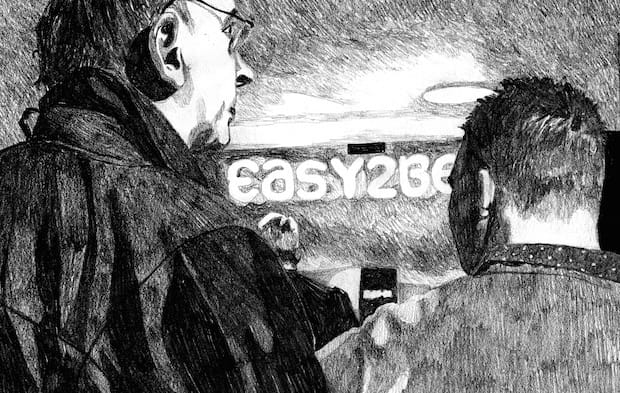This graduating Kingston student displays a keen eye for details and a taste for understated social commentary and reportage in her intriguing portfolio of illustration work.
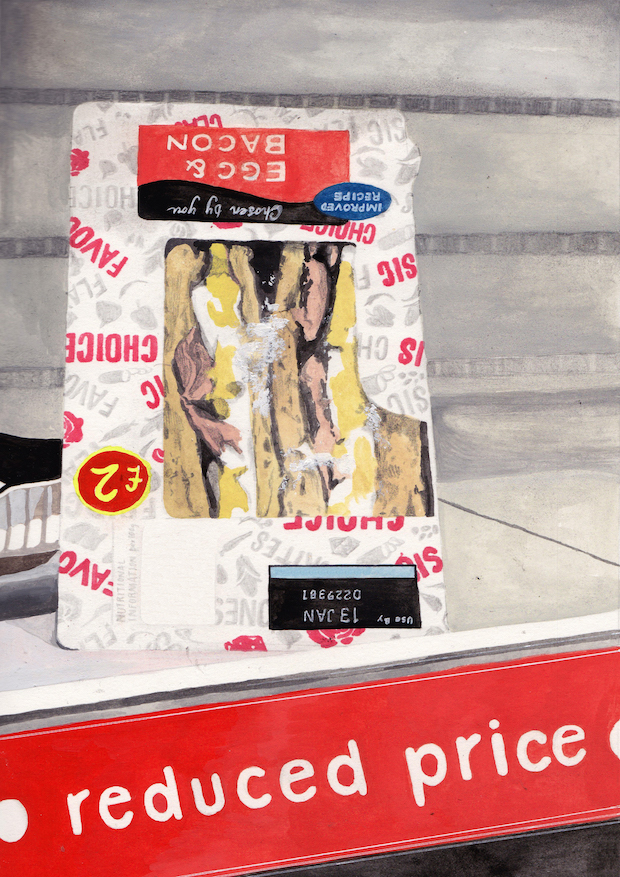
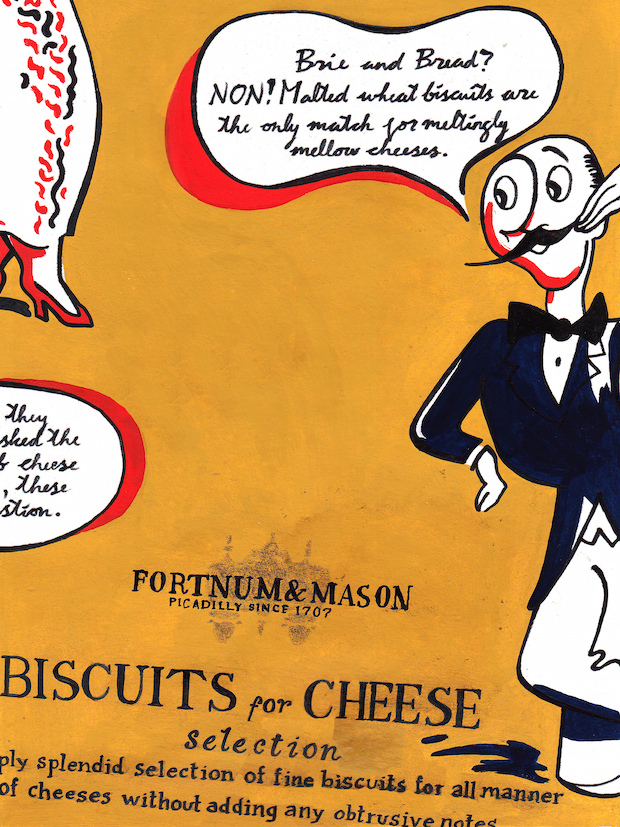
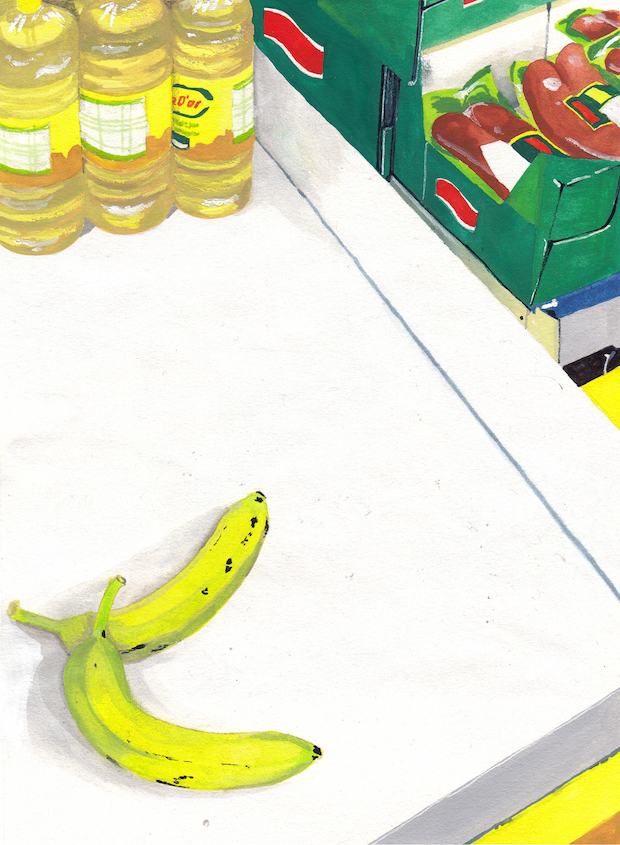
How would you describe your practice?
I’m interested in cultural traits and behaviours and the way that objects and places define and are defined by the people that use them, so my self initiated work tends to be based around this theme in one way or another. In terms of materials I mostly work with paint, pencil and ink and create images by hand. I try not to edit my work digitally beyond tweaking colours or tidying up shapes and lines. Humanising things that are quite inhuman in a visual way has become part of my practice so keeping handmade qualities seems important.
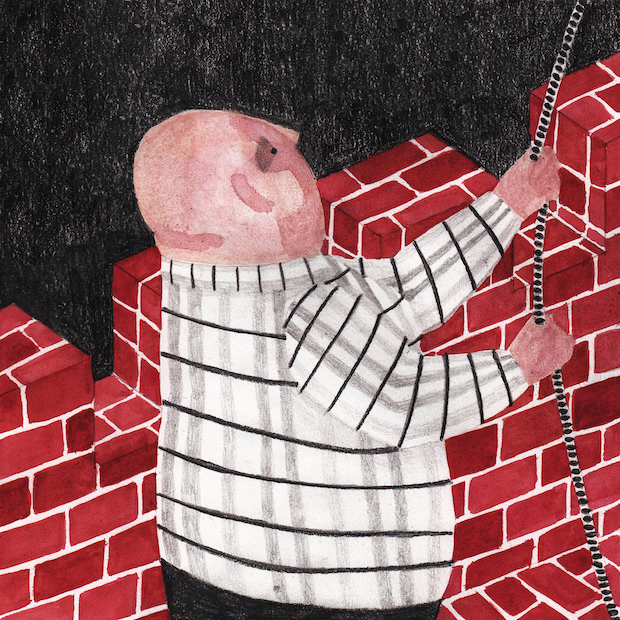
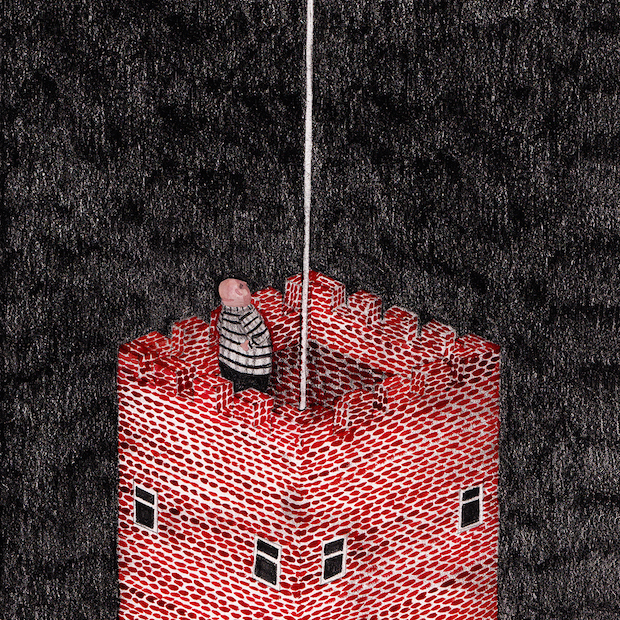
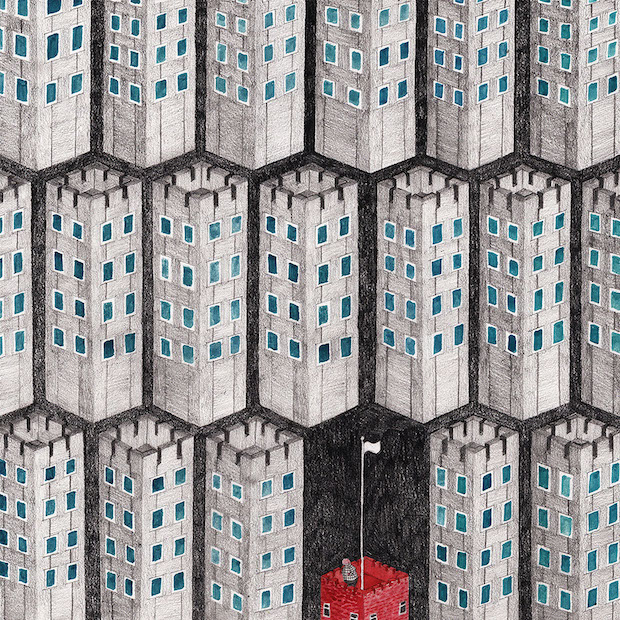
You studied at Kingston University, what's the illustration course like there and what have you taken from it?
The amount of variety in the work produced makes the course really interesting. Everyone has a different set of skills and we’re encouraged to make work using whichever process will make it the strongest. The tutors are all practicing illustrators who have had different experiences within the industry so their advice has been really valuable. I think that I’ve come away with insight into how I can manage my work and myself as an illustrator after university.
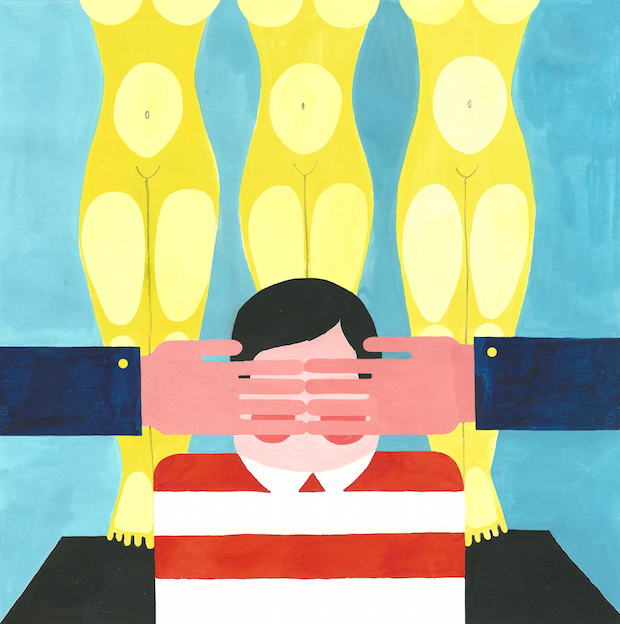
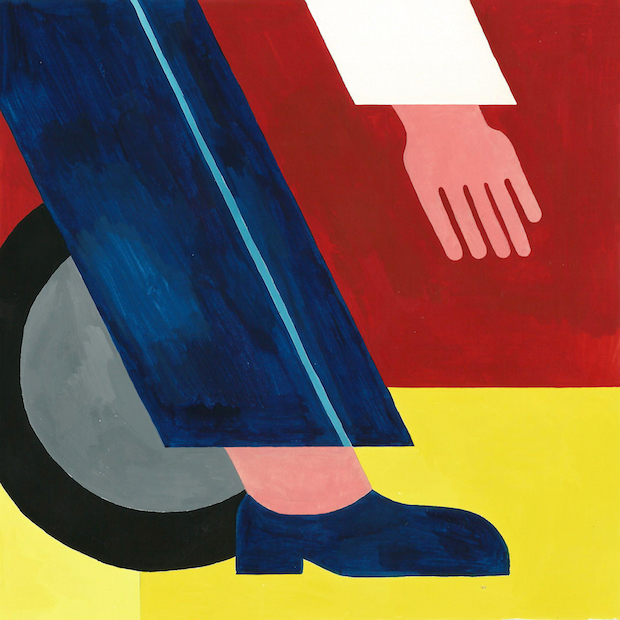
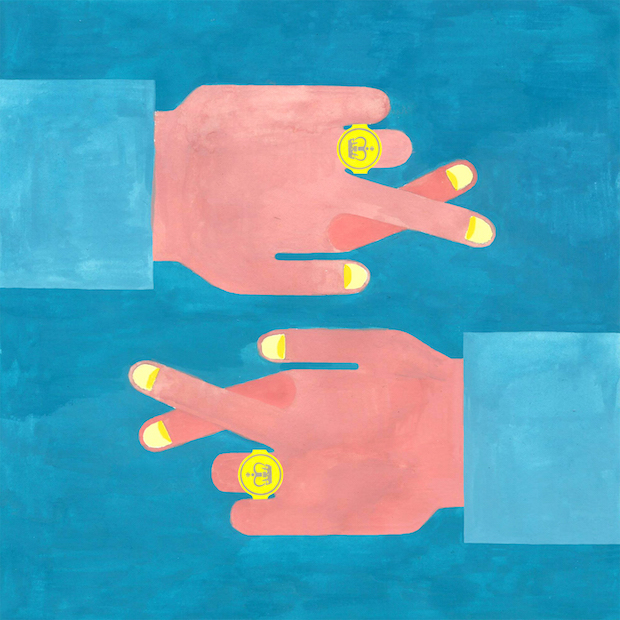
Whose work inspires you?
I’m quite often inspired by photography. I’ve been a fan of Martin Parr’s work for a while and more recently I’ve spent a lot of time looking at William Eggleston’s and Stephen Shore’s work. The focus on the material qualities of an environment and the relationship of people to it is what I find appealing.
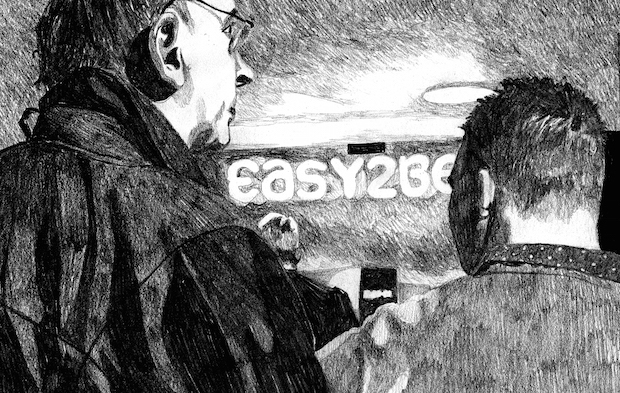
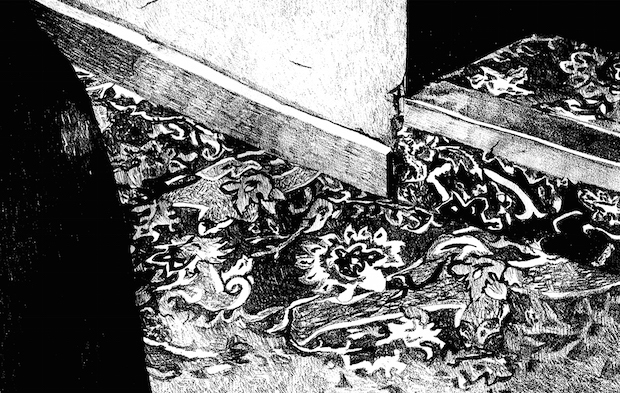
Your work has a political dimension to it; is it important to you to use your work to communicate your own views, not just other peoples' through commissions?
I like to work from observation so that I can represent things authentically, especially if I’m responding to something I’m not familiar with, and I suppose an underlying stance comes from doing that. I’d love to be able to work on commissions that rely on making illustrations from a first hand perspective because I enjoy working in that way and I think it communicates a subject more convincingly to the person looking at it.
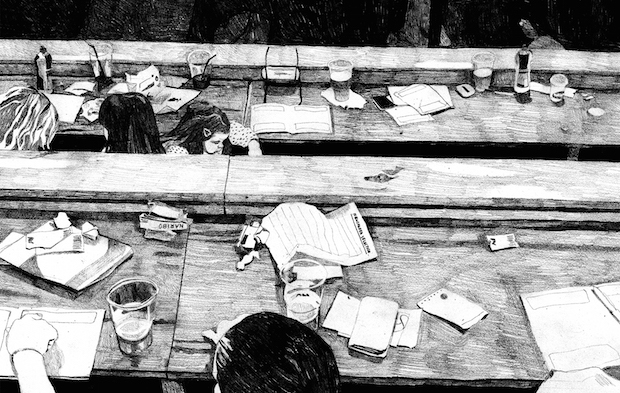
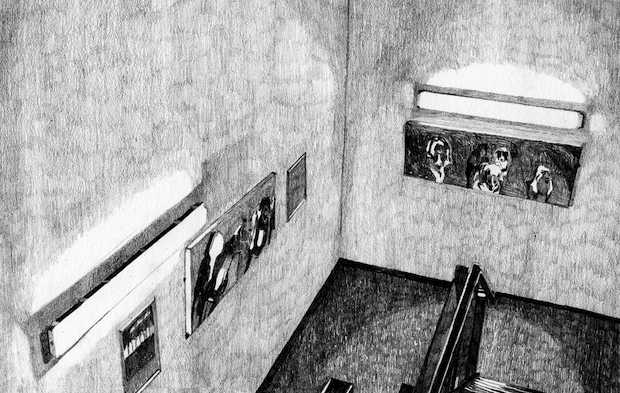
What have you been working on recently and what’s next?
Most recently I’ve been working on a project called Gone to the Dogs that I’m exhibiting at our graduation show. It’s a series of fifteen illustrations documenting one evening I spent at Wimbledon stadium, which is the only licensed greyhound track still open in London. I wanted to explore contemporary dog racing because it’s a tradition that’s in decline. The sequence and composition of the drawings are based on what people were doing in the intervals between races and the effects of their presence or absence on the space. It’s been interesting thinking of how to communicate that in the way I present my work at the degree show.
After I graduate I’m considering an MA in printmaking. The way I draw and paint is quite meticulous and detail orientated and I’d like to play more with translating that into print as another part of my process.
sophie-hall.co.uk

